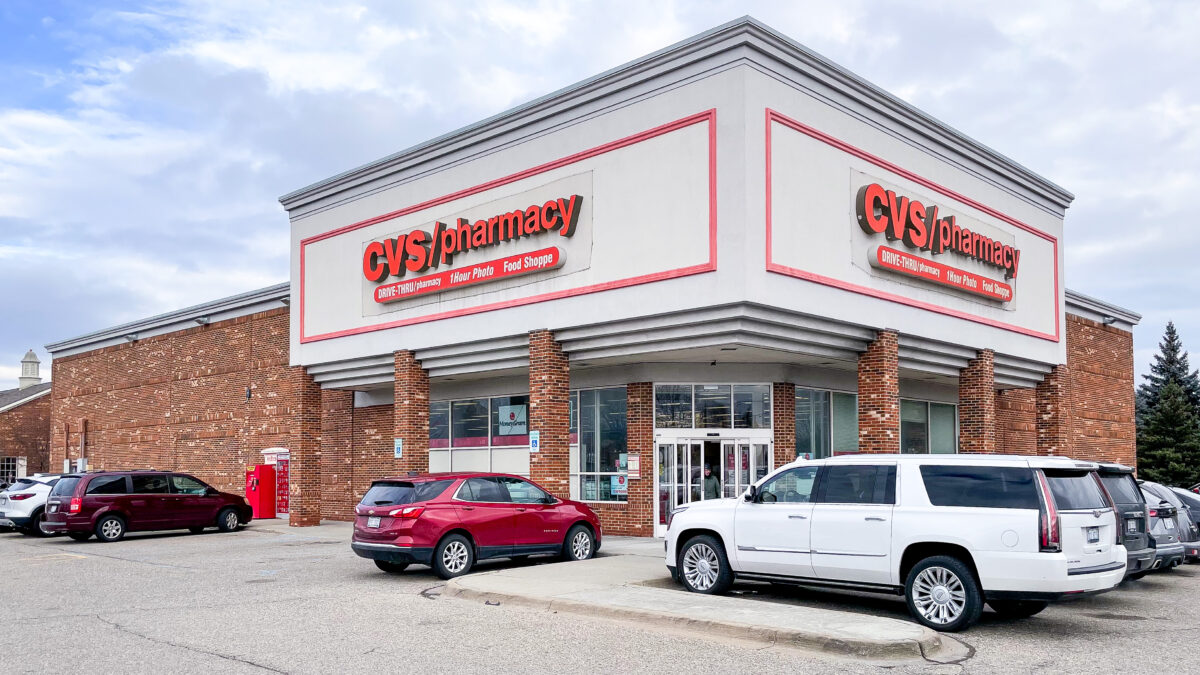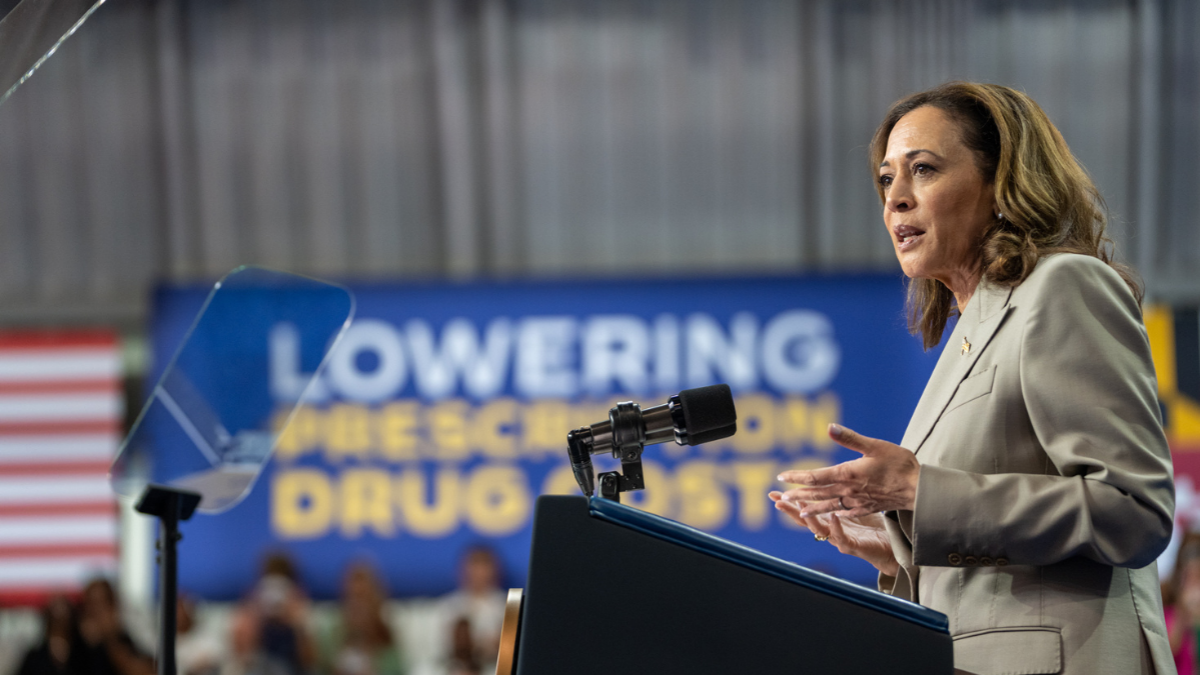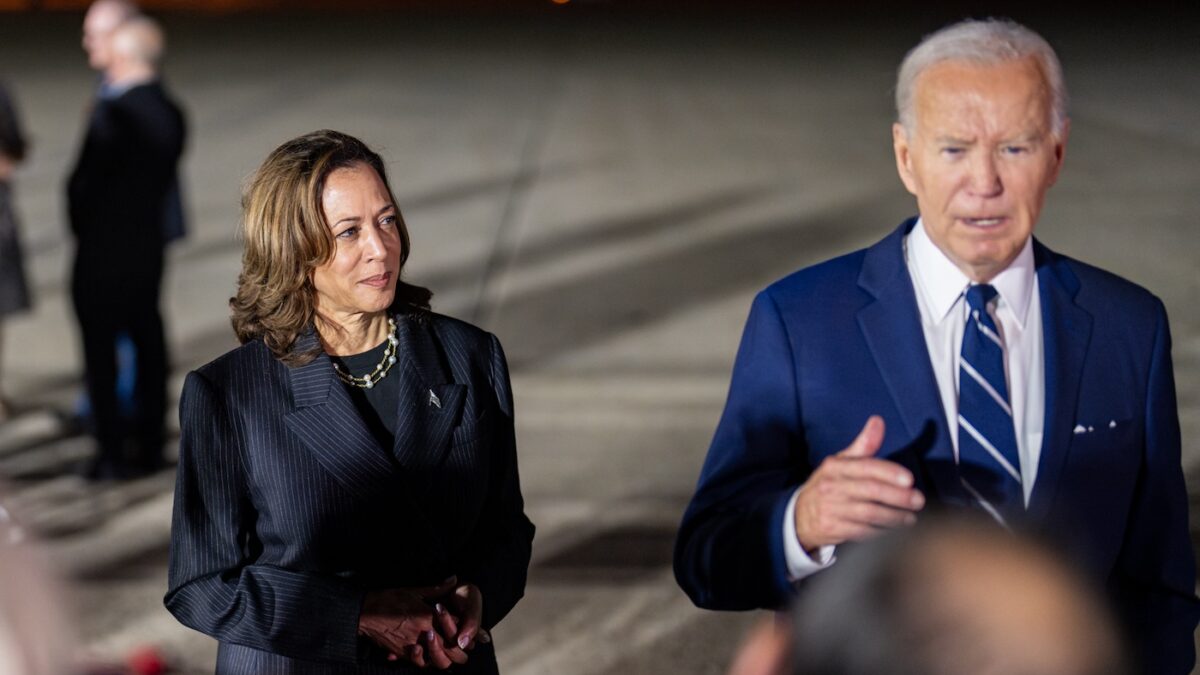Believe it or not, Americans just might have received some good news on the inflation and prescription drug pricing front. But despite what the left might want to claim, the price controls included in Democrats’ Inflation (Reduction) Act had nothing to do with it.
The Wall Street Journal recently broke the news that pharmacy giant CVS Health is about to change its pricing model. Over time, an industry leader’s move to a more transparent way of pricing prescription drugs could lead to a simpler system — and real savings for patients.
An Opaque System of Rebates
Before analyzing CVS’s move, it’s worth dissecting the current system of drug pricing. Right now, most pharmaceutical benefit managers (PBMs) — which includes CVS — focus on achieving high rebates for their insurer customers.
For instance, a drug could have a public “list price” of $100, but the pharmaceutical company will pay the PBM a rebate of $60, lowering the net cost of the drug to $40. It sounds like the rebates bring down the price of drugs, but this system comes with some big catches.
For starters, patients’ co-payments or co-insurance for the drug get tied to the higher list price. To continue the example above, a 20 percent co-insurance on a $100 list price will obviously cost a patient more at the pharmacy counter than 20 percent co-insurance on the lower net price of $40.
PBMs generally do pass through rebates to patients, but via lower premiums, not lower cost-sharing. (PBMs can also take a share of the rebates for their own bottom lines in some cases.) This dynamic results in a rather perverse outcome. Those with the highest out-of-pocket drug costs pay more for their prescriptions so that all enrollees (including healthy ones) can enjoy lower insurance premiums.
Moreover, all these opaque rebates have turned the drug pricing system into a complicated mess, one that overcharges patients due to this secrecy. Several years ago, I realized I could save hundreds of dollars on prescription drugs by not using my health insurance. Instead, I pay using cash and a drug discount program like GoodRx. I realized this savings because my insurer/PBM had an incentive to keep list prices high. In plain English, my insurer overcharged me for my prescriptions so it could collect big rebates from drug companies.
A Simplified Model
CVS announced that, over the coming months, it wants to do away with this model and make its charges more transparent to customers. In so doing, it is following the lead of the Cost Plus Drug Company, established by Dallas Mavericks owner Mark Cuban.
Cost Plus works using its eponymous pricing formula as laid out on its website. For every drug, the company breaks out the components of a given prescription charge:
1) manufacturing costs
2) a roughly 15 percent markup
3) a $5 pharmacy dispensing fee
4) a $5 standard shipping fee.
This method of completely transparent pricing aligns incentives properly. Cost Plus doesn’t have a reason to jack up list prices for customers on the front end, so that someone else (i.e., a pharmaceutical company) can “scratch their back” via rebates on the back end of the transaction.
Market Reforms Work
Overall, the announcement from CVS shows that pressure from the combination of a new market entrant (Cost Plus Drugs) and investigations by Congress into PBMs’ business practices have moved the marketplace in a positive direction. One expert interviewed by the Journal called the move “a fundamental change in how pharmacy services are priced” and “a legitimate step toward transparency.”
If other companies follow CVS’s lead, patients should benefit from lower prices. In some cases, they may pay more for a given prescription or two, but overall prices should stabilize and even move down.
Just as important, the system will become more efficient. Patients will obtain these savings without having to resort to kludgy and cumbersome solutions, like having to print out GoodRx coupons instead of using their own health insurance to save money at the pharmacy counter.
The CVS announcement is genuinely good news for patients suffering from the sting of high drug prices. Even better, the news came without involving the heavy hand of government bureaucrats and price controls, making it the rare health care reform conservatives can whole-heartedly support.









